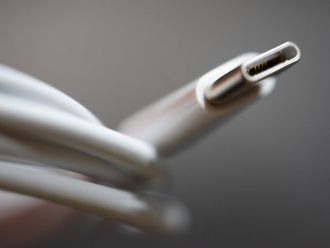
New York: A group of researchers has developed a wearable monitoring device system that can send health data up to 24 kms much farther than Wi-Fi or Bluetooth systems can – without any significant infrastructure.
The device will help make digital health access more equitable, said the team from University of Arizona in the US.
The wearable device and its communication system have the potential to aid remote monitoring in underserved rural communities, ensure high-fidelity recording in war zones, and monitor health in bustling cities, according to the study, to be published in the journal Proceedings of the National Academy of Sciences.
Non-invasive wearable devices currently use the internet to connect clinicians to patient data for aggregation and investigation.
"These internet-based communication protocols are effective and well-developed, but they require cell coverage or internet connectivity and main-line power sources," said Philipp Gutruf, an assistant professor of biomedical engineering.
“These requirements often leave individuals in remote or resource-constrained environments underserved,” he added.
The system the Gutruf Lab developed uses a low power wide area network, or LPWAN, that offers 2,400 times the distance of Wi-Fi and 533 times that of Bluetooth. The new system uses LoRa, a patented type of LPWAN technology.
"The choice of LoRa helped address previous limitations associated with power and electromagnetic constraints," said Tucker Stuart, a biomedical engineering doctoral alumnus.
The device allows for continuous operation over weeks due to its wireless power transfer feature for interaction-free recharging.
The team plans to further improve and extend communication distances with the implementation of LoRa wireless area network gateways that could serve hundreds of square miles and hundreds of device users, using only a small number of connection points.













